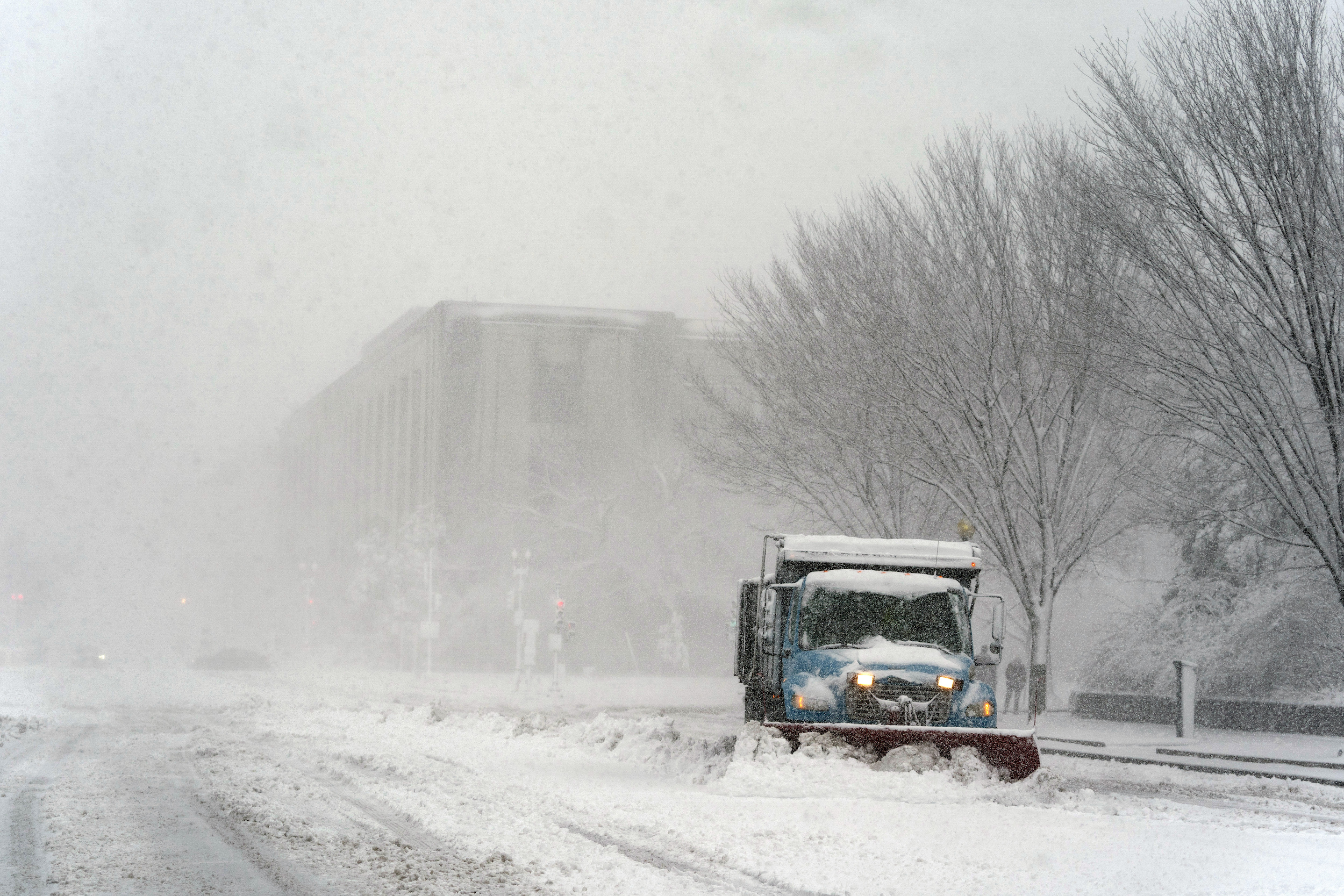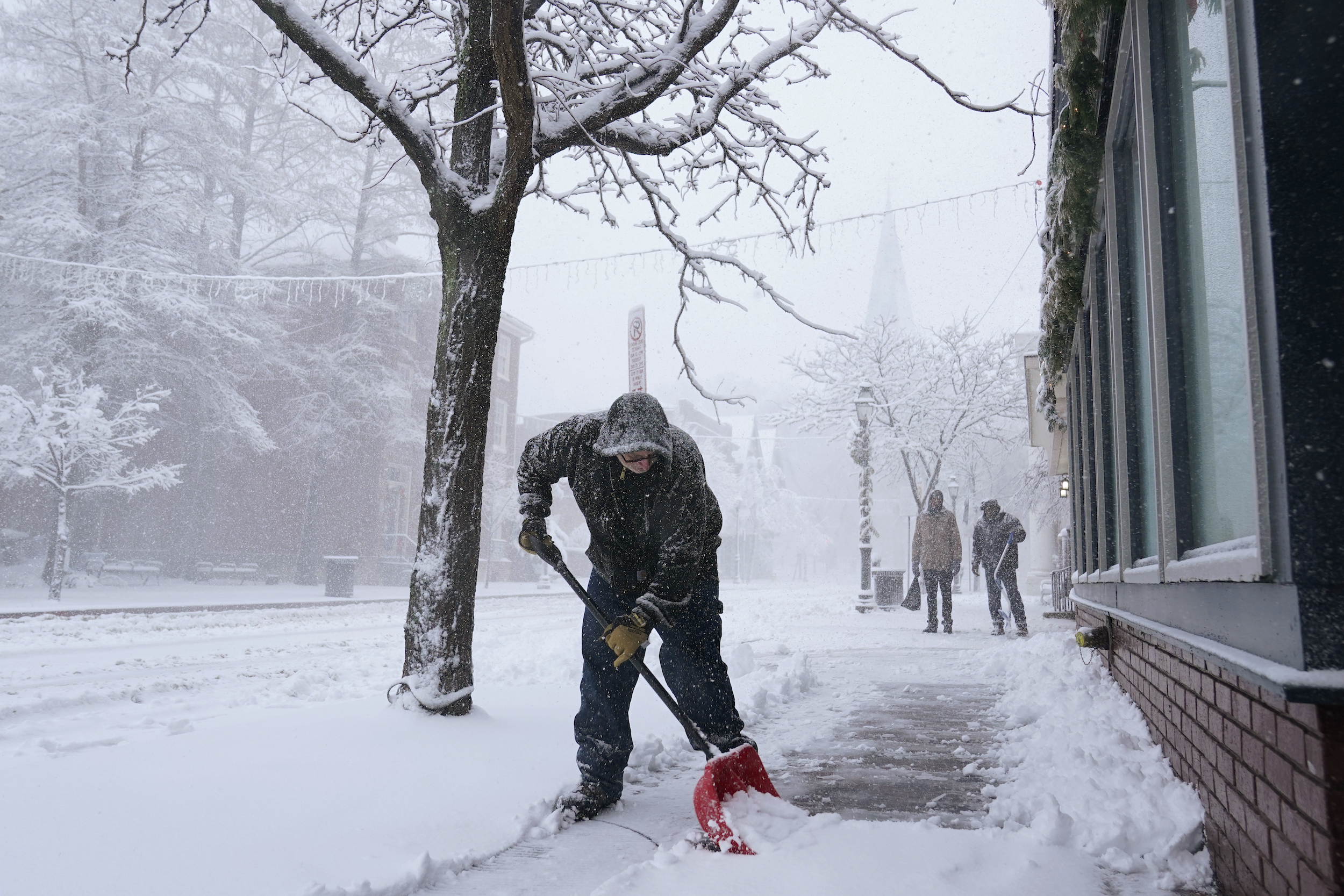 Covering COVID-19 is a daily Poynter briefing of story ideas about the coronavirus and other timely topics for journalists, written by senior faculty Al Tompkins. Sign up here to have it delivered to your inbox every weekday morning.
Covering COVID-19 is a daily Poynter briefing of story ideas about the coronavirus and other timely topics for journalists, written by senior faculty Al Tompkins. Sign up here to have it delivered to your inbox every weekday morning.
I cannot explain the why of this item, just the what, but I am seeing lots of stories lately about cars belonging to doctors and nurses being attacked.
I have seen such reports out of New York City. An Associated Press story said there are reports of attacks on medical workers in Omaha, Nebraska; Helena, Montana; and Columbia, Missouri:
Across the country, doctors and nurses on the front lines against the coronavirus are dealing with hostility, threats and violence from patients angry over safety rules designed to keep the scourge from spreading.
“A year ago, we’re health care heroes and everybody’s clapping for us,” said Dr. Stu Coffman, a Dallas-based emergency room physician. “And now we’re being in some areas harassed and disbelieved and ridiculed for what we’re trying to do, which is just depressing and frustrating.”
Cox Medical Center Branson in Missouri started giving panic buttons to up to 400 nurses and other employees after assaults per year tripled between 2019 and 2020 to 123, a spokeswoman said. One nurse had to get her shoulder X-rayed after an attack.
Hospital spokeswoman Brandei Clifton said the pandemic has driven at least some of the increase.
The Journal of the American Medical Association spotted this happening back in April. But the JAMA story said attacks on health care workers have been rising for years:
Violence against US health care workers has been on the rise for at least a decade. According to US Bureau of Labor Statistics data, the incidence of violence–related health care worker injuries has increased by 67%, from 6.4 per 10 000 full-time workers in 2011 to 10.7 per 10 000 in 2018. Also in 2018, health care and social service workers were 5 times more likely to experience workplace violence than all workers, comprising a whopping 73% of all nonfatal workplace injuries and illnesses requiring days away from work.
The International Committee of the Red Cross (ICRC) has compiled data on COVID-19–related attacks against health care workers in various parts of the world. During the pandemic’s first 6 months, 611 incidents of COVID-19–related physical or verbal assaults, threats, or discrimination were directed toward health care workers, patients, and medical facilities in more than 40 countries, according to the ICRC. In March, the ICRC reported that 32% of the 325 violent incidents targeting health personnel and facilities in Colombia in 2020 were pandemic related.
Research shows the attacks on health care workers may be related to staffing shortages, and some of the attacks happen on social media:
A National Nurses United survey in late 2020 of more than 15 000 US registered nurses showed that about 20% of participants said they faced increased on-the-job violence, which they attributed to COVID-19–related staffing shortages, changes in their patient population, and restrictions for visitors.
COVID-19–related physician abuse also extends into the virtual realm, academic hospitalist Vineet Arora, MD, MAPP, the Herbert T. Abelson professor of medicine and assistant dean for scholarship and discovery at the University of Chicago Pritzker School of Medicine, said in an interview. A prepandemic survey she carried out with colleagues in 2019 showed that 23% of 464 US physicians said they had been personally attacked on social media.
The Detroit Free Press reports:
Hospital staffers are joining the inauspicious ranks of other public-facing workers — such as grocery store, restaurant, retail and airline employees — who are being berated and even physically assaulted by frustrated and inconsiderate customers scoffing at and lashing out against pandemic protection rules.
Some of the rancor might come from people who insist that omicron is less serious than previous infections. To that, one Boston physician says:
do you have any idea how many of us are haunted by the endless failures of caring for so many people that we couldn’t save? we hope every day to end this. PLEASE stop sending us news articles about how mild omicron is & how it is ending. It isn’t just ignorant, it is offensive.
— #TeamCriticalCare (he/him) (@laxswamy) January 3, 2022
More than 90 cruise ships are under CDC investigation/observation

The Crystal Serenity cruise ship is towed as it leaves port, Monday, Oct. 18, 2021, in Miami.(AP Photo/Rebecca Blackwell)
The Centers for Disease Control and Prevention now says it is recommending Americans NOT travel on cruise lines because of COVID-19. The recommendation is regardless of vaccination status. It is the CDC’s highest warning yet against cruising. The CDC keeps a constantly updated list of cruise ships under investigation. Click on the chart for the complete list of ships under investigation and/or observation:
None of the ships so far appear to have so many cases that they would overwhelm medical resources on board and require a return to port. But some have been denied entry at some foreign ports.
Several Florida-based ships have reported outbreaks. The Carnival Freedom was denied entry to Aruba and Bonaire after an undisclosed number of passengers and crew aboard caught the virus.
Some cruise ships have not been allowed to disembark in Mexican ports due to cases reported, bringing to memory the early days of the pandemic when cruise lines negotiated docking plans as ships were being turned away by officials worried about the virus’s spread.
The Mexican government said it would allow cruise ships with reported coronavirus cases to dock.
Why does the CDC regulate cruises but not airlines?
In some ways, the cruise industry says it is picked on because the CDC monitors outbreaks on ships in ways it does not with airplanes. How is it that the CDC has this cruise ship authority? Royal Caribbean explains it to customers this way:
The origin of the CDC working with the cruise lines begins in 1944 with the passage of the Public Health Service Act into U.S. Federal Law.
This law gives the federal government the authority to quarantine for the first time, and it gave the United States Public Health Service responsibility for preventing the introduction, transmission and spread of communicable diseases from foreign countries into the United States.
The United States Public Health Service is comprised of a number of divisions within the Department of Health and Human Services, including the CDC.
Under section 361 of the Public Health Service Act (42 U.S. Code § 264), the U.S. Secretary of Health and Human Services is authorized to take measures to prevent the entry and spread of communicable diseases from foreign countries into the United States and between states.
The authority for carrying out these functions on a daily basis has been delegated to the Centers for Disease Control and Prevention (CDC).
People are gaming the system to get a fourth and even fifth COVID-19 shot
Israel is rolling out plans for people to get a fourth COVID-19 vaccination, but the United States is a long way from such plans. Still, some people, especially those who have compromised immune systems, are doing end-runs around the vaccination guidelines and getting additional shots. The current CDC guidelines will allow fourth shots for immunocompromised people starting in February.
The New York Times wanted to know if physicians who administer unapproved multiple doses could be in legal or licensure troubles:
Typically, doctors have discretion to use approved medications outside of their recommended uses — so a fully approved vaccine like Pfizer’s could normally be prescribed as doctors see fit.
But, in order to receive and administer any Covid-19 vaccines, providers must sign a legal agreement with the C.D.C. — meaning that if they break the agency’s rules, they risk being kicked out of the vaccination program and could face prosecution. The C.D.C. also previously warned that providers administering unapproved shots may not have protection from patients’ legal claims if something goes wrong.
Legal experts say the government has done little to enforce compliance with regulations and seems unlikely to pursue punishments for most providers.
People taking the extra shots aren’t doing anything illegal. They could face civil lawsuits if vaccine providers decide to go after them for lying, but that is extremely unlikely, according to Govind Persad, an assistant professor at the University of Denver Sturm College of Law.
Canada’s COVID troubles grow
Starting tomorrow, Ontario’s schools are moving to online learning until at least Jan. 17. The main concern is that schools expect to have a teacher shortage while COVID-19 roars through Canada’s most populated province. Ontario is closing indoor dining and gyms, limiting retail stores to 50% capacity and capping indoor social gatherings at five people. Hospitals paused 8,000 to 10,000 non-urgent surgeries over the next week.
‘We need to unwind’ the ‘testing psychology’ says Florida surgeon general
You almost have to watch this with your own eyes to fully comprehend what Florida Surgeon General Joseph Ladapo said yesterday. He said we must “unwind” the COVID-19 “testing psychology” that the federal government has prioritized, and that it is “really time for people to be living,” and to “enjoy the fact that many people have natural immunity.”
It is reminiscent of former President Donald Trump saying we are doing too much testing at the time when COVID-19 cases were rising in 2020. About one out of four COVID-19 tests in Florida have turned up positive in the last week, which is a new record.
But all of the politics aside, is there any reasonable argument that we are testing too much? A few hours after the Florida surgeon general left lots of people speechless with his comments, The Atlantic published a piece by Dr. Benjamin Mazer saying, yes, asymptomatic people are testing too much and are using up the tests that symptomatic people need. Mazer argues we should rethink whether we all need to test so much if we do not have symptoms and do not need a negative test to do something essential like go to school or go to work (note this is way different from what the Florida attorney general said).
We’ve reached a point in the pandemic where diagnostic testing is medically essential. The FDA recently authorized two antiviral pills to treat early COVID infections: Paxlovid and Molnupiravir. Paxlovid, the more effective of the two, can prevent up to 88 percent of hospitalizations or deaths in people who start taking it within five days of symptom onset. A more familiar treatment, remdesivir, can also help prevent severe outcomes—but it works best when it’s given early in the disease. In other words, it’s never been more important for vulnerable patients to know, as soon as possible, that they’re infected. Sick patients who struggle to obtain an at-home test or have to wait days for a laboratory result might find themselves ineligible for time-sensitive but life-saving interventions, Walid Gellad, a professor of medicine at the University of Pittsburgh, told me. We don’t want our limited testing supply “tied up by people who just want to know so they can visit their friends or go to the opera.”
Snowplow driver shortage

A snowplow works the roads near the National Mall, Monday, Jan. 3, 2022, in Washington. (AP Photo/Alex Brandon)
One of the contributing factors to the snowplow driver shortage is that overnight delivery companies like Amazon pay more than states and counties for people who hold a commercial driver’s license. NJ.com reports:
Plow drivers need a class B commercial driver’s license, typically with an endorsement to drive a truck with air brakes. The license is difficult to get, requiring applicants to pass a special written test, medical and drug screening, and a road test.
Competing for those drivers are delivery companies, school bus companies, school districts and transit agencies, some of which offer signing bonuses for a driver with a valid CDL.
The American Trucking Association estimated the current driver shortage has hit a record high of 80,000 in October, which is the difference between the ranks of current drivers and the need to serve existing freight demands. In addition to salaries and competition for drivers, older drivers are retiring, thinning the ranks, ATA officials said.
Snow shoveling health dangers

Gerry Groh of Annapolis, Md., shovels a sidewalk in Annapolis, Md., Monday, Jan. 3, 2022. A winter storm packing heavy snow rolled into the District of Columbia, northern Virginia and central Maryland overnight, bringing at least 3 to 7 inches of snow to the area through Monday afternoon. (AP Photo/Susan Walsh)
Take it from a guy living in Florida: Snow shoveling can be bad for your health. A 2010 reviewed study estimated that 11,500 people are treated for snow shoveling accidents every year. 1,647 people a year die of heart attacks while shoveling snow, the study said. National Jewish Health cardiologist Andrew Freeman offers six ways to safely shovel snow:
- Don’t shovel first thing in the morning. Most heart attacks occur first thing in the morning, when your blood is most likely to clot.
- Give yourself time to get up and moving before going out and grabbing the shovel. You’ll also give the sun a chance to warm up things a bit.
- Warm up before shoveling. Shoveling snow is exercise. It’s hard work. Take a few minutes before to stretch, move about and get the ‘blood flowing’ before undertaking any strenuous activity, including shoveling snow.
- Use a smaller shovel. A shovel full of wet snow is especially heavy when the shovel is big. It may take a little longer, but many small loads will be better than fewer heavy ones.
- Dress appropriately. Cover your hands, head and mouth. Covering your mouth with a scarf will help you inhale warmer air and can help avoid respiratory problems.
- Shovel in shifts. If you need a rest, take a rest. Taking 15-minute breaks can help lessen the load on your heart.
Tip 7, from me: Move to Florida until April.
We’ll be back tomorrow with a new edition of Covering COVID-19. Are you subscribed? Sign up here to get it delivered right to your inbox.









